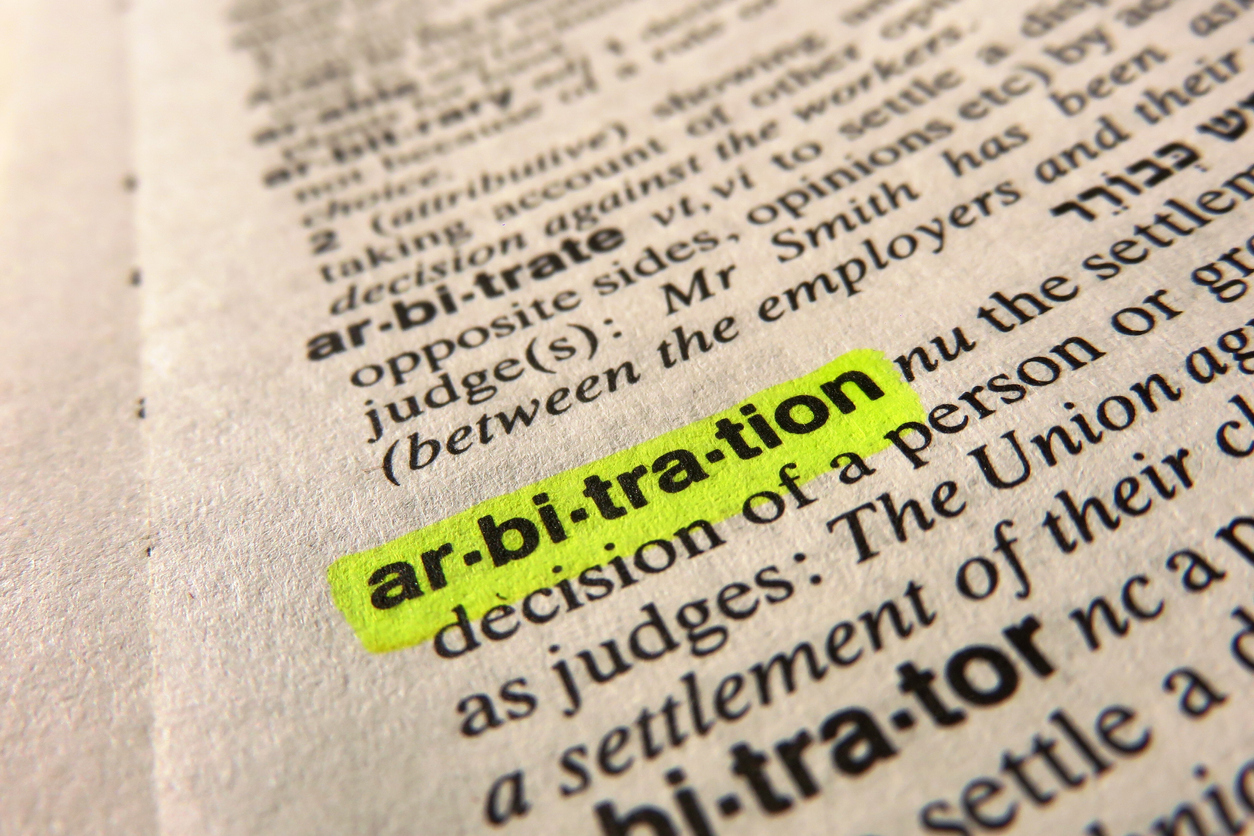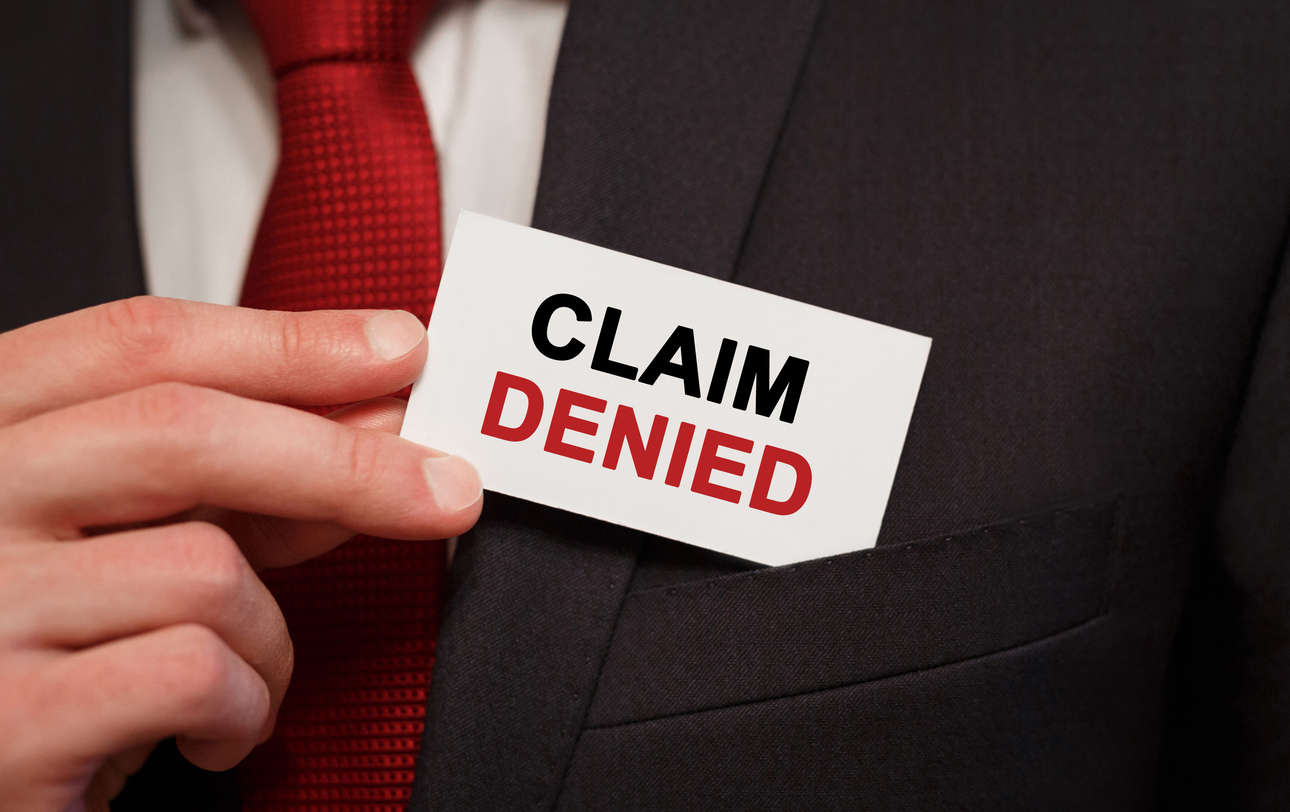I commonly get asked coverage questions that relate to a commercial client’s claim for damages. My response is always the same, “send me the policy and I will take a look.” I know this sounds obvious but with the multitude of policies out there it is impossible to relate a policy to a factual situation without first reading the policy.
A recent ruling from the United States District Court of North Dakota points out why this is so important. The court in Spring Glen Apartments LLP v. Arch Specialty Insurance Company, ruled that an exception to an exclusion lead to coverage for the insured.1
The facts of the case were predominantly undisputed. A forty-year-old water pipe approximately seven feet below the complex burst due to wear and tear causing property damage and a loss of business income. The insurance company denied coverage due to an exclusion which read in part:
We will not pay for loss or damage caused directly or indirectly by any of the following. Such loss or damage is excluded regardless of any other cause or event that contributes concurrently or in any sequence to the loss.
The specific exclusion cited to deny coverage was the “water exclusion” which excluded coverage in part for:
Water under the ground surface pressing on, or flowing or seeping through: (a) Foundations, walls, floors or paved surfaces; (b) Basements, whether paved or not; or (c) Doors, windows or other openings.
At this point in the opinion it sure looks like the insurance company is correct and there is no coverage for the pipe that burst under the complex. The court goes on to talk about another exclusion, the “wear and tear exclusion.” The wear and tear exclusion stated “loss or damage caused by or resulting from wear and tear” is not covered. The policy goes on to say that:
but if an excluded cause of loss [listed in this subsection] results in a ‘specified cause of loss’…we will pay for the loss or damage cause by that ‘specified cause of loss.’
The Definitions section of the policy states “specified cause of loss” is defined, in part, as “water damage” and “water damage” is defined as:
(1)Accidental discharge or leakage of water…as the direct result of the breaking apart or cracking of a plumbing, heating, air conditioning or other system or appliance…that is located on the described premises…and (2) accidental discharge or leaking of water…as the direct result of the breaking part or cracking of a water or sewer pipe that is located off the described premises and is part of a municipal potable water supply system…if the breakage or cracking is cause by wear and tear.
The definitions section then explains:
But water damage does not include loss or damage otherwise excluded under the terms of the Water Exclusion…to the extent that accidental discharge or leakage of water falls within the criteria set forth [above]…such water is not subject to the provisions of the Water Exclusion which preclude coverage for surface water or water under the surface of the ground.
The court went on to conclude that the cracked pipe is a covered cause of loss under the policy. Holding that once you read the policy, “Wear and tear” is one of the causes of loss that is excluded from coverage under the policy. The exclusion, however, states that if wear and tear “results in a ‘specified cause of loss’. . . [insured will cover] the loss or damage caused by that ‘specified cause of loss.'” The policy defined “specified causes of loss,” in part, as “water damage.” Water damage is then defined, in part, as “[a]ccidental discharge or leakage of water. . . as the direct result of the. . . cracking of a water or sewer pipe that is located off the described premises. . . if the breakage or cracking is caused by wear and tear.” The leaking water leading to the damage in this case was due to the circumstances explicitly provided for in the water damage definition. Therefore, the water was “not subject to the provisions of the Water Exclusion.” The court thus concluded that the policy unambiguously provided coverage for damage caused in a situation such as this one and imposed liability on insurer.
So, at the end of the day the simple answer was yes there is coverage for the damage, but it took a careful reading of the policy, the exclusions, an exception to an exclusion, and a rereading of the definitions to get there. As an insured or insurer, it is always important to Read the policy.
________________
1 Spring Glen Apartments LLP v. Arch Specialty Ins. Co., No. 3:17-cv-00028 (D. N.D. April 2, 2018).



